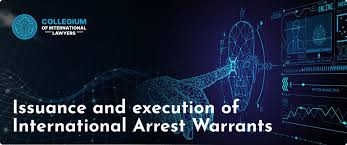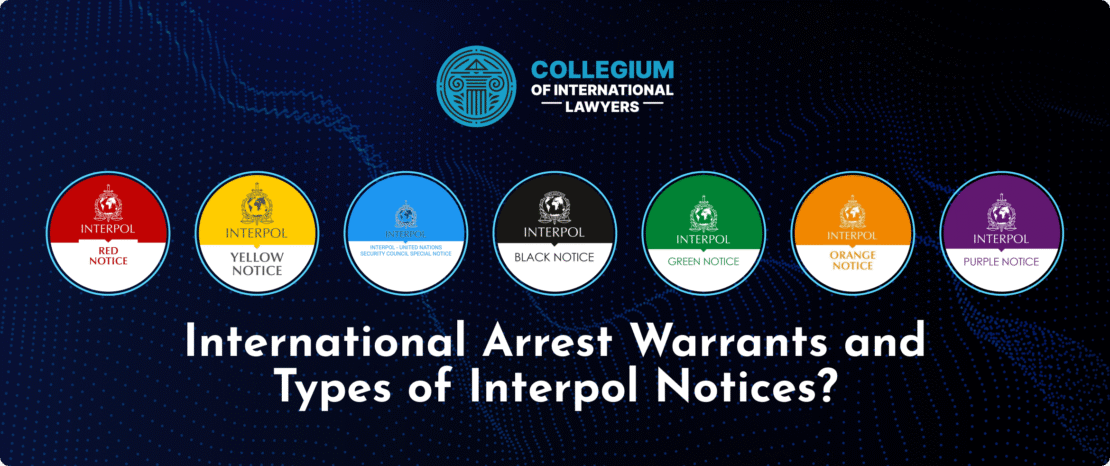The Presidential Autopen Controversy A Debate Over Signature Authenticity

The Presidential Autopen Controversy: A Debate Over Signature Authenticity
The use of the presidential autopen has sparked intense debate regarding the authenticity and legitimacy of executive orders. The convenience of this technology contrasts sharply with concerns about the erosion of personal accountability in the highest levels of government. As we delve into this controversy, we will explore the operational mechanics of the autopen, its historical context, and the broader implications for democracy. For a detailed discussion on presidential autopen controversy executive orders and signature authenticity, we will touch upon some pivotal points raised by critics and supporters alike.
Traditionally, a president’s signature is more than just a mark on paper; it symbolizes authority, responsibility, and the weight of decisions made on behalf of the nation. The advent of the autopen — a mechanical device that reproduces a person’s signature — raises serious questions about the power dynamics at play when the leader of the free world delegates the act of signing to a machine. As technology advances, we confront historical precedents that inform our understanding of this issue.
Historical usage of the autopen has roots that trace back to former presidents who, recognizing the demands of their offices, sought innovative ways to manage their workloads. In the modern context, the increasing pace of governance, combined with the sheer volume of documents requiring a president’s signature, has made the autopen an appealing option. However, critics argue that the autopen undermines the integrity of presidential authority, as it provides a means for the occupant of the Oval Office to distance themselves from the consequences of their decisions.
The controversy gained significant attention during the administration of President Obama, who utilized the autopen extensively. Critics voiced concerns that this practice compromised the authenticity of executive orders and diminished the president’s engagement with pressing issues. Supporters, however, argued that the president is entitled to delegate tasks associated with their role, much like any other manager in a complex organization. The core of the argument revolves around whether the use of such technology creates a disconnect between the president’s intent and the policies enacted.
Furthermore, the debate extends beyond the realm of convenience and practicality. The autopen challenges our understanding of democratic principles and the significance of an accountable leadership. When a president’s signature is generated by a machine, it raises ethical questions about whether the individual truly stands behind their policies. If an executive order lacks the unmistakable mark of presidential engagement, does it risk being seen as a mere formality devoid of substantive intention?

Supporters of the use of the autopen often highlight efficiency as a key benefit. The modern presidency involves juggling countless responsibilities, and time management becomes critical. In an era where global events unfold rapidly, having mechanisms like the autopen within reach allows presidents to respond swiftly to international and domestic challenges. Furthermore, the autopen can mitigate the strain on the president’s physical capacity to sign documents, especially during times of illness or travel.
However, while efficiency can be advantageous, it must be weighed against the potential for detachment from the governance process. Critics contend that relying on the autopen signifies an abdication of responsibility; it raises alarms about whether the president is fully informed about the ramifications of the orders they are signing. This disconnection presents a troubling landscape where decisions can be made with less scrutiny, accountability, and personal investment.
The issue of signature authenticity is not merely a legalistic concern; it speaks to the essence of the role of president as the embodiment of the American political system. Signature authenticity serves as a safeguard against forgery and manipulation, ensuring that any policy carried out under the president’s name carries their endorsement. The practice of signing signifies personal accountability, a necessary component of democratic governance. Utilizing an autopen, then, complicates this dynamic and risks diminishing the sanctity of the presidential signature.
Throughout history, executive orders have been critical tools presidents utilize to enact policy swiftly, especially in times of crises or when facing legislative gridlock. Nevertheless, the growing reliance on the autopen invites strategic critiques on how these orders are perceived and executed. For many, the belief that executive orders can be executed with mere mechanical signatures challenges the very framework of legitimate governance.
Moreover, the influence of the autopen invites additional scrutiny into the broader implications of automation in leadership roles. If technology permits leaders to bypass personal engagement on essential decisions, what does this say about the future of political leadership? This tightrope walk between leveraging technological advantages and upholding personal accountability epitomizes the uncertainty many feel about the direction of American democracy in the digital age.
As the autopen controversy continues, it underscores the necessity for ongoing dialogue about the intersection of technology and governance. The fundamental question remains: How do we preserve the integrity of leadership within an environment where immediate responses to complex issues are increasingly necessary? Striking a balance between efficiency and personal accountability will be critical for the health of the democratic process moving forward.
In conclusion, the presidential autopen controversy encapsulates a multifaceted debate that transcends individual administrations. It compels us to consider what we value in our democratic ideals and the expectations we hold for those in power. As technology continues to infiltrate every aspect of our lives, the ramifications of those changes on governance practices will require careful scrutiny and thoughtful engagement to ensure that the principles of democracy remain intact.
